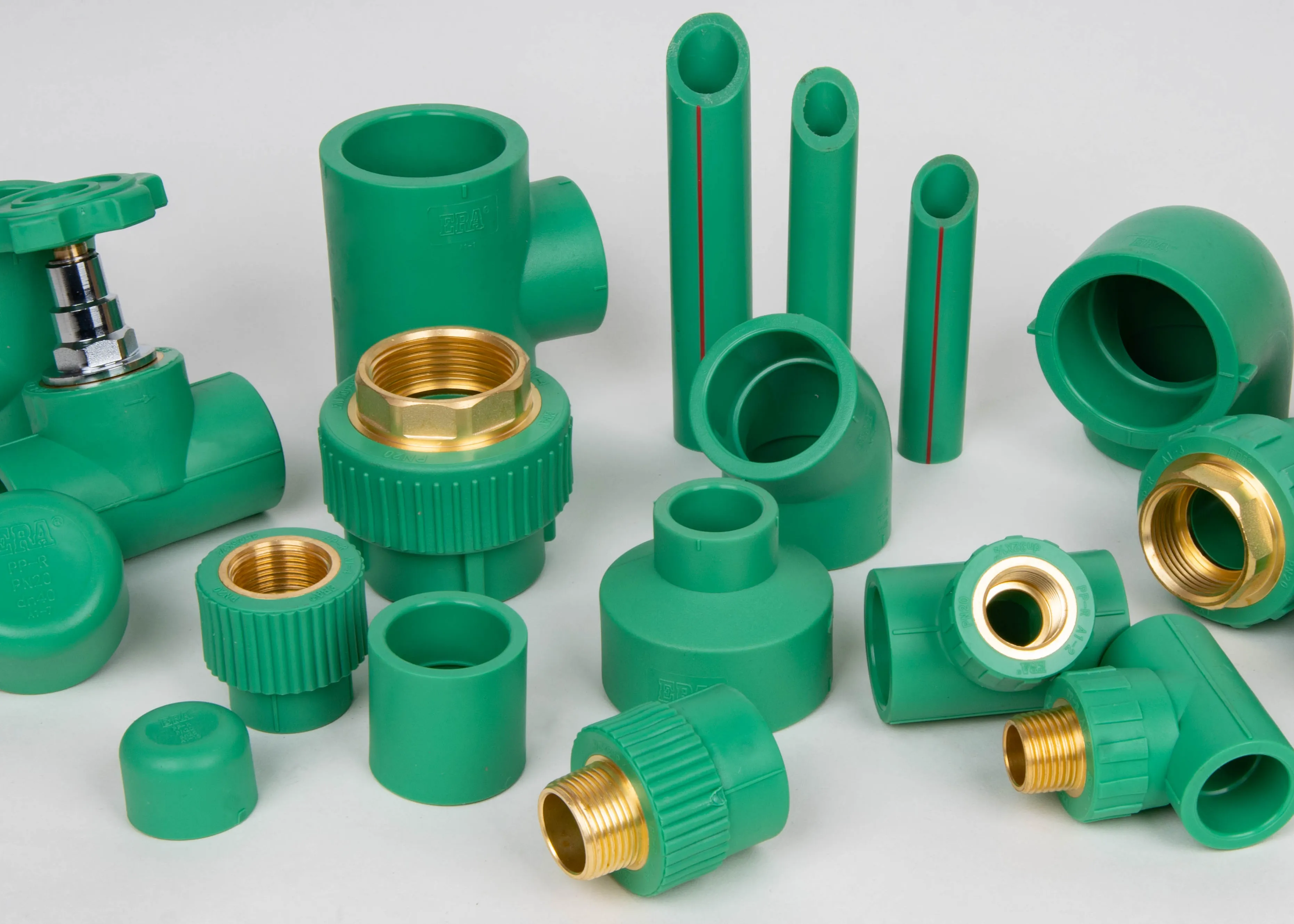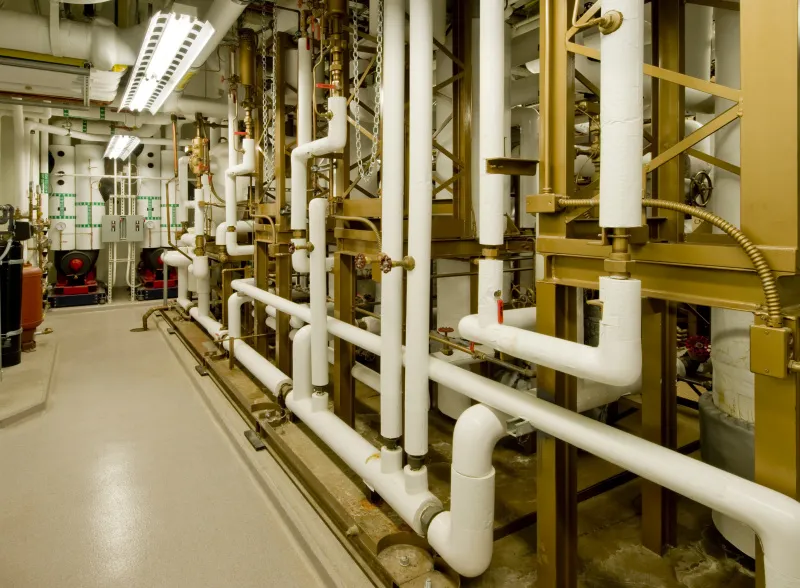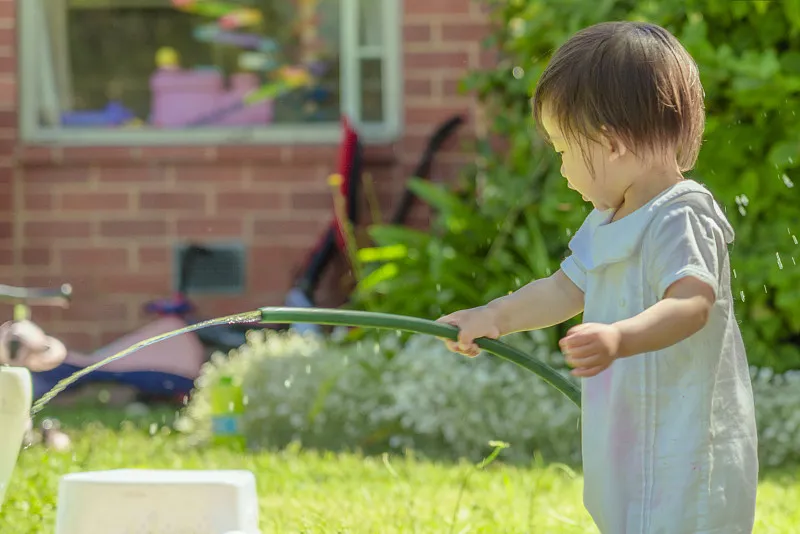1. Introduction
One standout option is the Plastic Hot and Cold PPR Pipe PN16 DIN 8077/8078. In this article, we’ll dive into what makes these pipes special and why they’re an excellent choice for both hot and cold water systems.
2. What is PPR Pipe?
PPR stands for Polypropylene Random Copolymer. It’s a type of plastic pipe widely used in plumbing systems due to its lightweight nature and exceptional durability. Unlike traditional pipes, PPR pipes don’t rust or corrode, making them a popular choice for modern plumbing applications.
3. Understanding PN Ratings
So, what does PN16 mean? The PN stands for “Pressure Nominal,” which indicates the maximum pressure the pipe can withstand at a specified temperature. PN16 pipes can handle pressures up to 16 bars, making them suitable for various applications. This rating is crucial because it tells you how reliable the pipe will be under different conditions.
4. Benefits of PPR Pipes
There are plenty of reasons why PPR pipes are gaining popularity. First off, they are incredibly durable, lasting for decades without needing replacement. They are also resistant to corrosion, which means they won’t degrade over time like metal pipes. Plus, they’re lightweight, making them easier and cheaper to transport and install.
5. Applications of PPR Pipes
PPR pipes are versatile. In residential settings, they’re commonly used for water supply lines and heating systems. Industrially, they’re favored for transporting chemicals and hot water. They also excel in agricultural settings for irrigation, thanks to their resistance to chemicals and high temperatures.
6. Hot and Cold Water Systems
PPR pipes are designed to handle both hot and cold water systems. They can withstand temperatures up to 95°C (203°F) without losing their integrity. This makes them ideal for various applications, including heating systems and hot water supply, where reliability is crucial.
7. Installation of PPR Pipes
Installing PPR pipes is a straightforward process. You’ll need basic tools like a pipe cutter, heat fusion tool, and a measuring tape. Start by measuring and cutting the pipes to your desired length. Use the heat fusion tool to join the pipes, ensuring a strong and leak-free connection.

8. Maintenance and Care
PPR pipes require minimal maintenance. However, it’s essential to conduct routine checks for any signs of wear or leaks. If you encounter issues, troubleshooting is usually straightforward, thanks to the simplicity of the pipe design.
9. Comparison with Other Pipe Materials
How does PPR stack up against other materials? Compared to PVC, PPR pipes offer better heat resistance and durability. When compared to copper, PPR is lighter and less expensive, although copper has a longer lifespan. Each material has its pros and cons, so the choice largely depends on your specific needs.
10. Environmental Impact PPR Pipe
PPR pipes are environmentally friendly. They’re made from recyclable materials and have a lower carbon footprint during production compared to metals. If sustainability is a priority for you, PPR pipes are an excellent choice.
11. Safety Considerations PPR Pipe
When working with PPR pipes, safety is key. Always follow proper handling procedures and ensure compliance with local plumbing standards. This will help you avoid potential hazards and ensure a long-lasting installation.
12. Cost Analysis PPR Pipe
The initial investment in PPR pipes might be lower than other materials, but their long-term savings are where they shine. Their durability means fewer replacements and repairs over time, making them a cost-effective choice in the long run.
13. Choosing the Right PPR Pipe
Selecting the right PPR pipe involves considering factors such as pressure requirements, temperature ranges, and the specific application. Common mistakes include underestimating the pressure needs or using the wrong diameter, which can lead to system failures.
14. Conclusion
In summary, Plastic Hot and Cold PPR Pipe PN16 is a robust and versatile option for your plumbing needs. Its durability, resistance to corrosion, and suitability for both hot and cold water systems make it a smart choice for any application. Whether you’re upgrading your home plumbing or looking for reliable industrial solutions, PPR pipes have you covered.


















